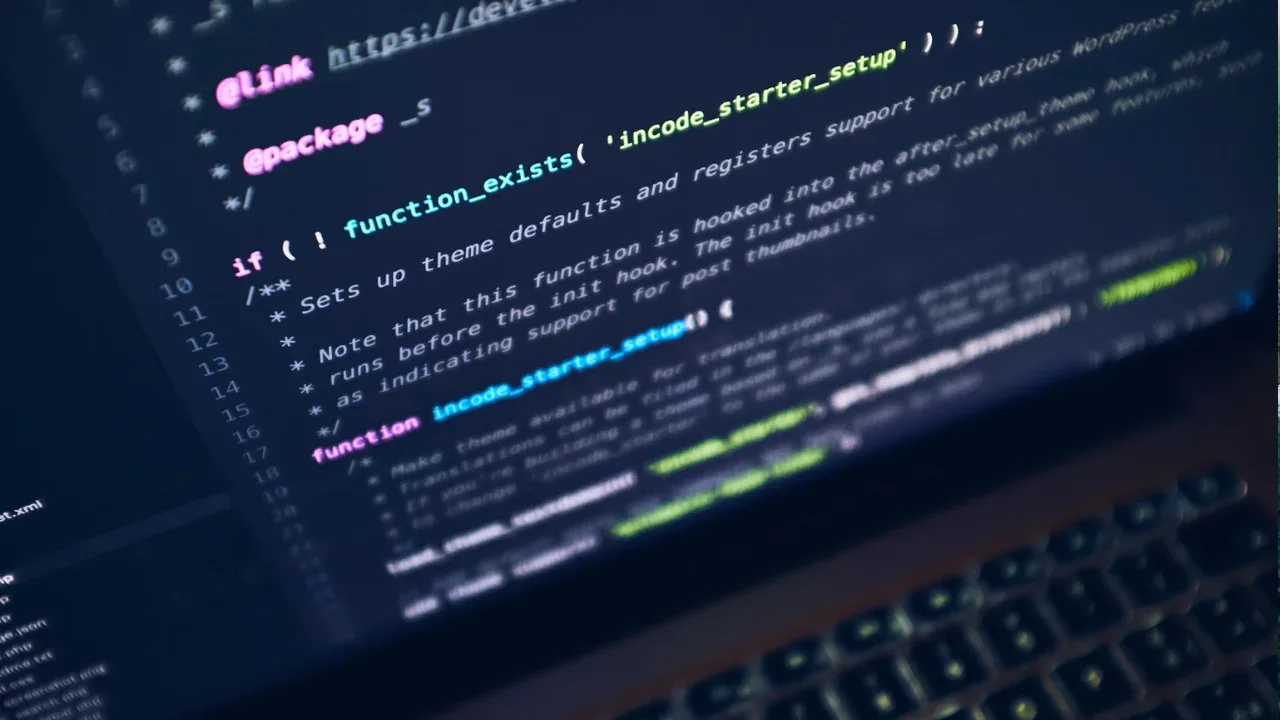What is the effect of using `python -m pip` instead of just `pip`?

The Power of python -m pip 🐍💪
If you've been using Python for a while, you've probably encountered the pip command for managing your Python packages. But have you ever wondered about the difference between using pip on its own and using python -m pip? 🤔 In this post, we'll explore the implications of using python -m pip and why it might be the preferred way to handle your Python dependencies. Let's dive in! 🏊♀️
Understanding the Problem: Why use python -m pip?
The difference between using pip and python -m pip stems from how you have installed Python on your machine. 😉 In some cases, you may have multiple versions of Python installed side-by-side, with their own version-specific pip executables.
By using python -m pip, you are explicitly instructing the Python interpreter to run the pip module as a script, ensuring that the correct pip version linked to the Python interpreter you intend to use is used. This approach can prevent version conflicts and ensure compatibility between your Python installation and the packages you want to install or upgrade. 🔄🐍📦
Common Issues: When should you use python -m pip?
1. Multiple Python Versions
Let's say you have both Python 2 and Python 3 installed on your machine. If you want to install a package specifically for Python 3, using python -m pip ensures that the Python 3 version of pip is used. This avoids confusion and ensures packages are installed in the correct Python environment.
Example:
python3 -m pip install <package>2. Virtual Environments
If you're using virtual environments (and you should be! 😉), using python -m pip becomes even more crucial. When you activate a virtual environment, the python command automatically points to the interpreter of the activated environment. Since pip is a module that comes with Python, using python -m pip ensures that the pip command works within the virtual environment, without any conflicts with globally installed packages.
Example:
source myenv/bin/activate # Activate your virtual environment
python -m pip install <package>The Solution: Upgrade pip using python -m pip 🆙📦
Now that we understand the benefits of using python -m pip, what about upgrading pip itself? 🤔 Using python -m pip is also the recommended way to upgrade pip for a specific Python installation.
Example:
python -m pip install --upgrade pipBy specifying python -m pip, we ensure that the upgraded version of pip is associated with the Python interpreter we want to use. This can prevent any unexpected issues and make sure that the upgraded pip is compatible with your Python environment. 👌🔧✨
Your Call to Action: Embrace the Power of python -m pip! 💪🐍
Next time you're working with Python and need to install or upgrade packages, remember the power of python -m pip! By using this approach, you can avoid potential version conflicts and ensure consistent behavior across different Python installations and virtual environments.
If you found this post helpful, share it with your fellow Pythonistas! 🚀 If you have any questions or additional tips about Python package management, leave a comment below and let's start a discussion! 👇😊


